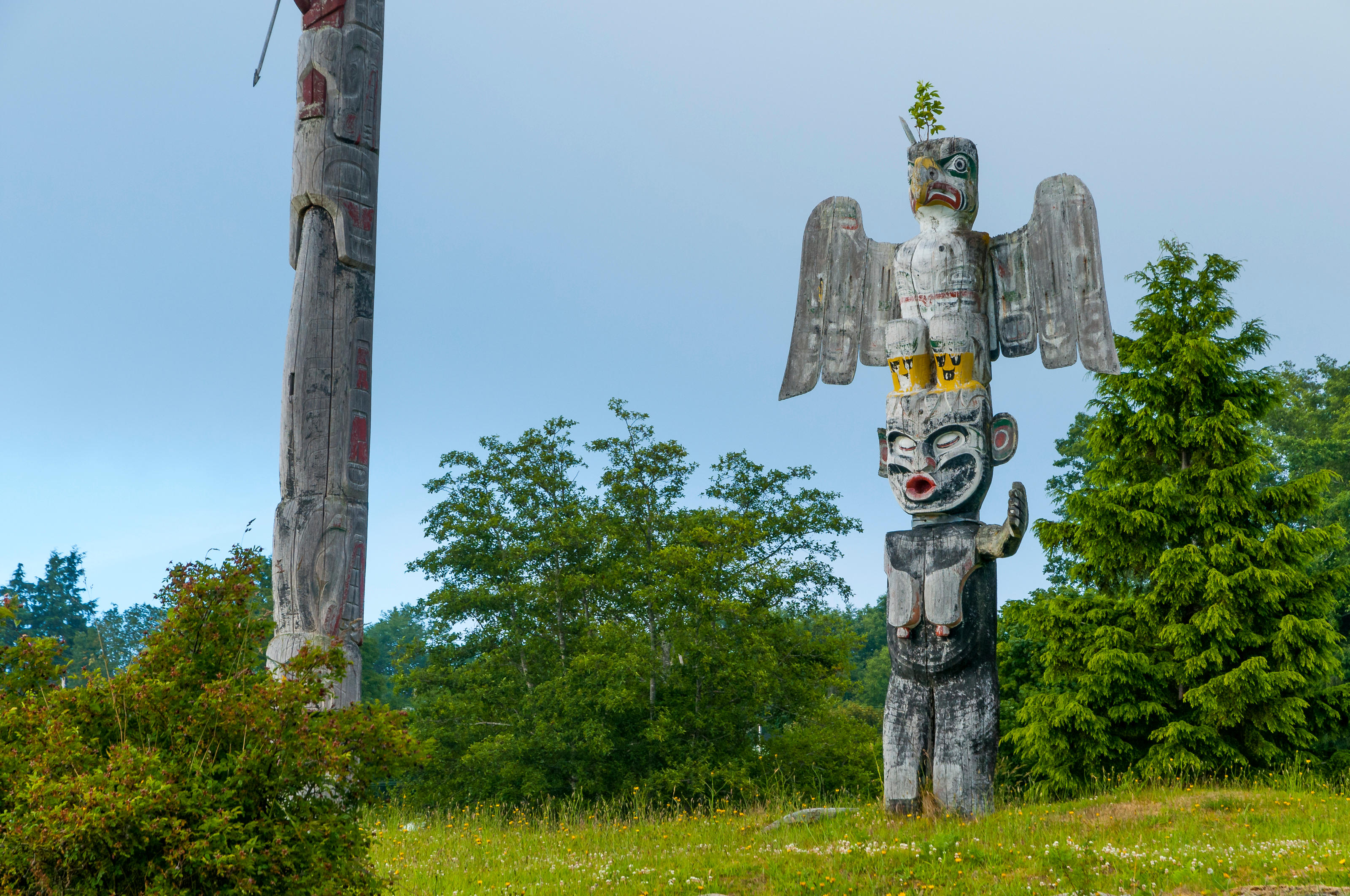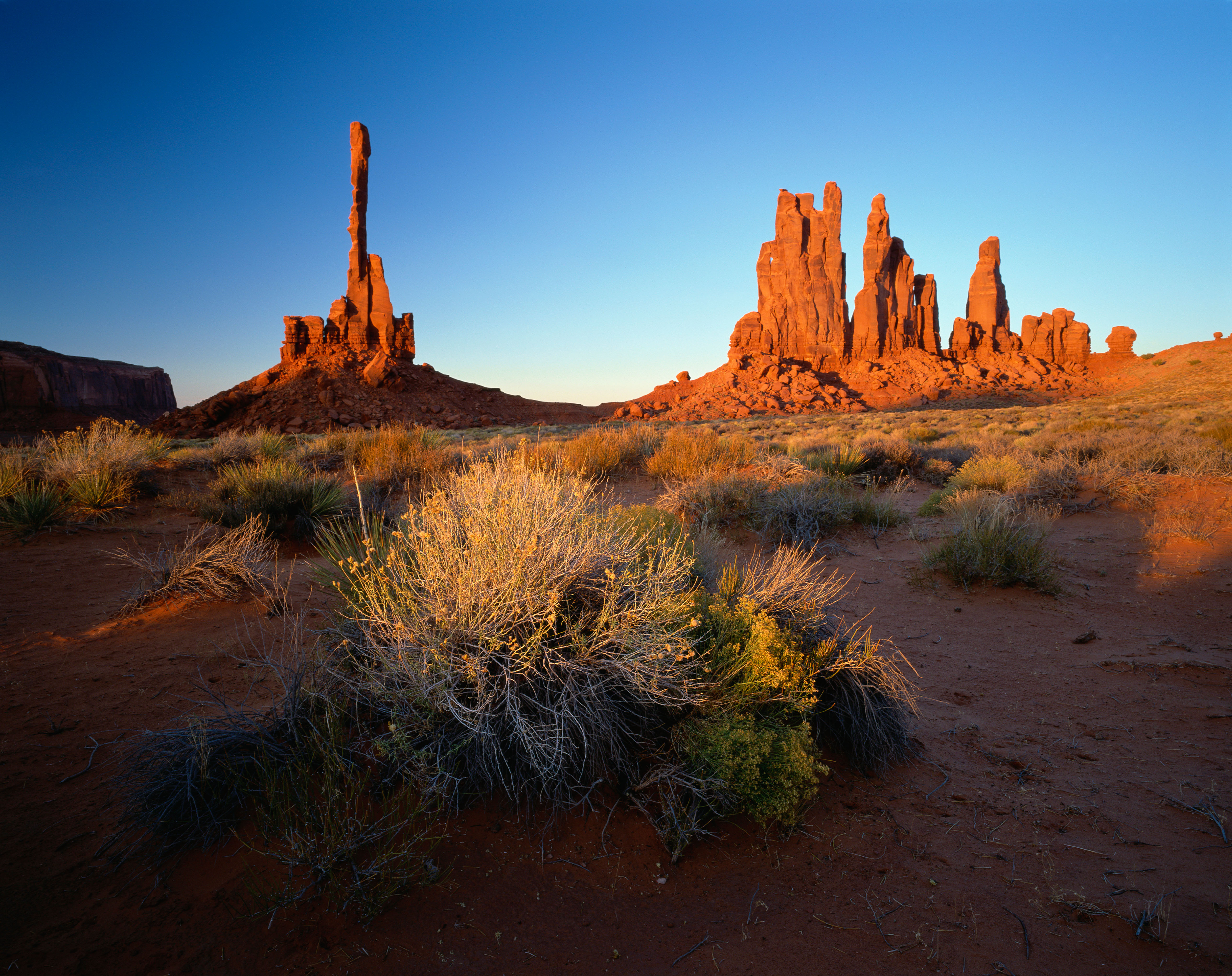Curious Questions: What's the world's largest totem pole?
Martin Fone finds himself intrigued by the totem pole, and wonders which is the biggest ever made.


If the truth be told, totem poles have not been uppermost in my thoughts. It was only during my recent trip to North America’s northern Northwest Coast that I gave the subject any mind but for many of the indigenous peoples in the area they are a big thing.
No one knows for sure when the practice of carving and erecting poles began. Early explorers and visitors to the area in the eighteenth century made no reference to seeing totem poles. They may, of course, have had other things on their mind but they are so eye-catching you would have thought they warranted a mention. It was not until 1789 that a seaman, John Meares, first reported seeing a totem pole and two years later John Bartlett made the first drawing of one, a 40-foot-high frontal pole in the Haida village of Dadens on the British Columbian archipelago of Queen Charlotte Islands.

Totem poles began to proliferate in the early nineteenth century and by the 1880s were so common that they were one of the must-see items on the list of tourists who came to the area on steam ships. Although poles were made from rot-resistant timber, principally from the ubiquitous giant cedars and western red cedars, the climatic conditions of the area are so damp and rainy that they eventually decay.
Some of the indigenous peoples in the area had a fatalistic view of the environment in which they lived. Nothing lasts forever and so when a totem pole crashes to the earth, it has served its purpose and it is time to make a new one. Standing totem poles rarely had a maintenance programme. The consequence of all this is that there are very few totem poles remaining which date from earlier than the twentieth century and many that you see today were carved and erected relatively recently.
Oral tradition, though, suggests that the practice of carving symbols has a long legacy. It may just be that the hand-to-mouth existence they led and the poor-quality tools they used were not conducive to such elaborate demonstrations of their cultural heritage until the opportunity to trade with the white man changed their fortunes, if, regrettably, only temporarily.

There are several types of totem pole, serving different purposes. Some were placed in front of a dwelling, often acting as a doorway with a hole at the bottom, telling visitors about the ancestry of the people who lived there. This was the type that Bartlett saw, describing it in his journal thus; “The entrance [to the house] was cut out of a large tree and carved all the way up and down. The door was made like a man’s head and the passage the house was between his teeth”. Others were positioned inside the dwelling, acting as supports to the roof beams. Some were free standing poles whose purpose was to commemorate the former chiefs and elders, while others had a niche at the top in which the remains of the dead could be housed.
The carvings are generally a mix of symbols specific to the family or branch of the tribe or supernatural beings that once were encountered by their ancestors, thus earning them the right to represent them on their crests. Carvings also contain symbols of the group’s specific identity, used to differentiate them from other branches and groupings and to inform visitors of who they were. Other symbols represent notable events in their shared history.
Exquisite houses, the beauty of Nature, and how to get the most from your life, straight to your inbox.
While sailing down the inside passage of British Columbia towards Vancouver on the MS Nieuw Amsterdam, I and my fellow passengers were invited to congregate on the port side of the ship as we were sailing past Alert Bay. If we strained our eyes, we were told, we would see in the settlement on the island the world’s tallest totem pole. Sure enough, there was a tall thin pole in the distance and that was good enough for me.
What I had not appreciated was the degree of controversy there is over the Alert Bay totem pole. To start with, the pole is somewhat unusual in that its carvings and symbols represents a number of factions of the delightfully named Kwakwaka’wakw people rather than just one family grouping. Carved in the 1960s by a team led by Jimmy Dick the pole was not erected until 1973.

It stands 173 feet tall but is made from two sections, one 163 feet tall and then a ten-foot top section, spliced together and held upright by guy ropes. And it is this multi-sectional construction which has set totem pedants, there are pedants in all walks of life, I find, on the warpath. They claim that the pole must be made from just one section of wood. So contentious is the subject that the 185-foot pole in Victoria, British Columbia, again constructed from sections, was taken down after protests.
Then there is the totem pole to be found in McKinleyville in California. Carved in 1962 by Ernest Pierson it stood at 144 feet 8 inches. With a copper lightning rod attached to the top it reached a height of 159 feet 5.5 inches, not as tall as the one at Alert Bay but at least the good folk of McKinleyville had the satisfaction of knowing that it was the tallest to be made out of a single piece of wood.

Even without the antenna it pips the totem pole in Kalama in Washington State which is 140-feet tall. But the Kalama totem pole has also fallen foul of the critics. The carving, completed in the early 1960s, was not done by an indigenous craftsman.
Like with all seemingly simple questions, there is no easy answer. It seems where there is a record to be had, there is fertile ground for disputes.
At least the title of the world’s thickest totem pole is not under dispute. This is to be found in Duncan, British Columbia. It measures just over six feet in diameter and the carving, in the Kwakwaka’wakw style and completed by Richard Hunt in 1988, represents Cedar Man transforming into his human form.


Curious Questions: Why do Australians call the British 'Poms'?
With England about to take on Australia in The Ashes, Martin Fone ponders the derivation of the Aussies nickname for

Credit: Jamon Iberico
Curious Questions: Do delicious hams from little acorns grow?
Jamón Iberico is undeniably delicious – and undeniably pricey. Martin Fone took a trip to Spain to find out how it
After graduating in Classics from Trinity College Cambridge and a 38 year career in the financial services sector in the City of London, Martin Fone started blogging and writing on a freelance basis as he slipped into retirement. He has developed a fearless passion for investigating the quirks and oddities of life and discovering the answers to questions most of us never even think to ask. A voracious reader, a keen but distinctly amateur gardener, and a gin enthusiast, Martin lives with his wife in Surrey. He has written five books, the latest of which is More Curious Questions.
